
Ever wonder why your favorite t-shirt feels so comfortable and never seems to wear out? It's likely made from a cotton-polyester blend, offering the perfect mix of cotton's softness and polyester's durability.
Whether you're a fashion lover or an entrepreneur seeking top-quality materials, understanding cotton-polyester blends is essential.
In this guide, we'll uncover the pros and cons of cotton-polyester blends and the many ways it can be used. You'll see why it's become the "superstar" fabric of the clothing industry. Let's start exploring!
What Is Cotton Polyester Blend?
You've probably seen "cotton-polyester blend" on clothing tags, but what does it actually mean? Simply put, it's a fabric made by mixing cotton and polyester fibers. Think of it as a teamwork fabric—cotton brings softness and breathability, while polyester adds durability and stretch.
But wait—does mixing them weaken the natural benefits? Not really. The blend keeps cotton's comfort while borrowing polyester's low-maintenance perks. Ever owned a T-shirt that stays smooth after washing? That's likely a cotton-poly blend at work.
Where might you find it? Almost everywhere:
- Everyday wear: Think T-shirts, hoodies, or work uniforms that need to survive frequent washing.
- Home textiles: Curtains or bedsheets that balance softness and durability.
- Athletic gear: Moisture-wicking polyester helps workouts, while cotton keeps it breathable.
If you hate ironing or want clothes that last longer, this fabric's built for you. Need something affordable that still feels cozy? Cotton-polyester blend checks those boxes too.
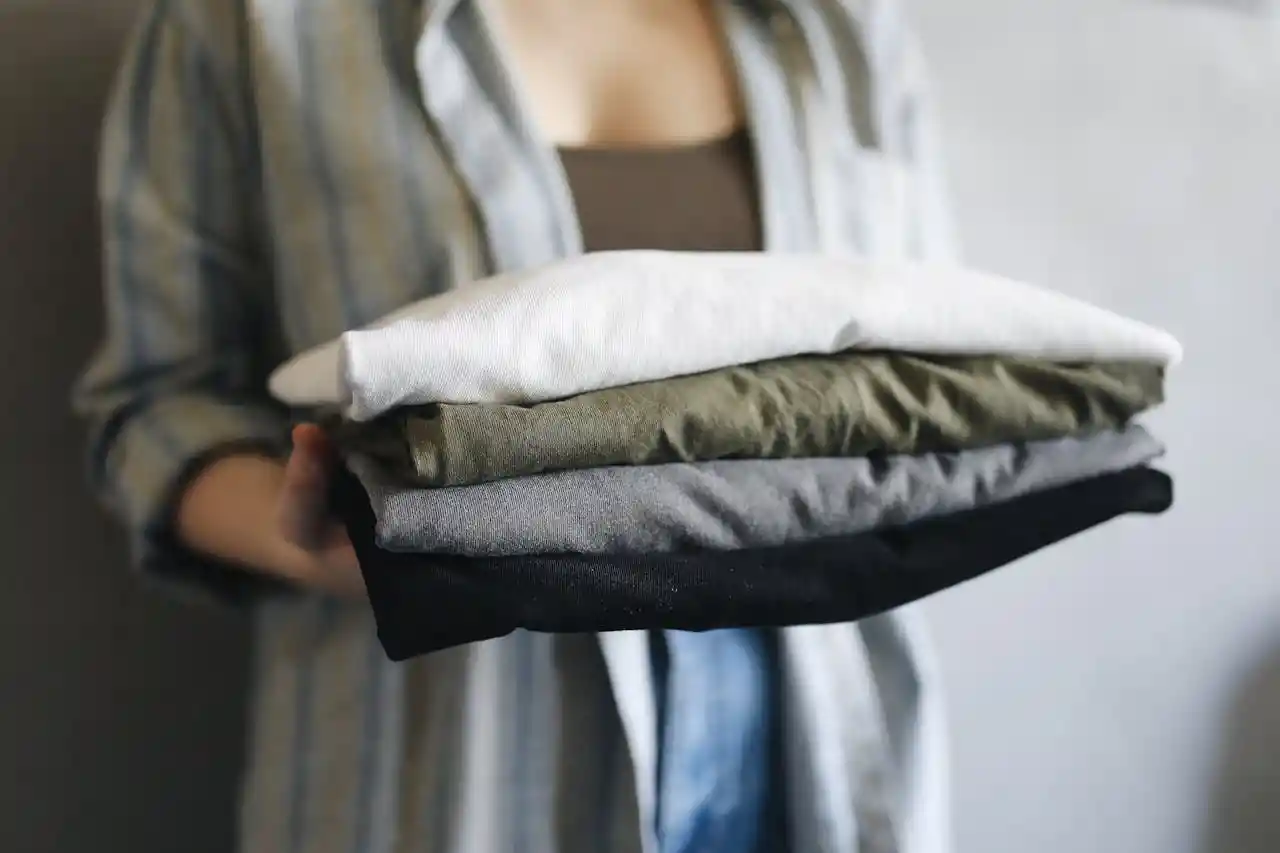
Why Add Polyester to Cotton, Even a Few Percent?
You've probably seen labels on your clothes that say "cotton-polyester blend." Maybe it's a t-shirt, a hoodie, or even a jacket. But why do they mix polyester into cotton, even if it's just a small amount? There are some reasons:
- Durability: Polyester makes fabrics tougher. That means your favorite hoodie or tee won't wear out as fast, even if you wear it all the time.
- Less Shrinkage: Ever pull a cotton shirt out of the wash and it's suddenly too small? Polyester helps stop that shrinking problem.
- Warmth: For stuff like hoodies, polyester adds coziness. Cotton alone doesn't trap heat well, but a blend like 80% cotton and 20% polyester keeps you warm without feeling stuffy.
- Cost: Polyester is cheaper to make than cotton. Adding some can lower the price, which is why you see blends in lots of affordable clothes.
Read More:
How Much Polyester Makes a Difference?
The mix matters. A 50/50 blend—half cotton, half polyester—is really durable but might not be as soft. An 80/20 blend gives you cotton's comfort with a boost of polyester's strength. Some folks love 100% cotton for its natural vibe, but blends can be more practical.
You know those little fabric balls that show up on clothes? That's pilling. Cotton pills more, but adding polyester can cut down on it. So, your shirt stays looking fresh longer.
In short, a little polyester makes your clothes stronger, warmer, and less likely to shrink. Next time you grab a hoodie, check the label—you might spot that blend at work.
Pros and Cons of Cotton Polyester Blend
Pros | Cons |
Durable | Not as breathable as pure cotton |
Cotton-polyester blends are strong and resistant to wear and tear. Your clothes or items made from this blend last longer than 100% cotton. | While cotton is breathable, polyester can trap heat. This makes the blend less breathable than 100% cotton. |
Wrinkle-resistant | Can feel less soft than pure cotton |
Thanks to polyester, these blends resist wrinkles. You won't need to iron your clothes as much, saving you time. | The addition of polyester can make the fabric feel stiffer and less soft, especially at first. |
Affordable | Can be less eco-friendly |
Cotton-polyester blends are often less expensive than 100% cotton fabric. This makes it a good option if you're on a budget. | Polyester is made from synthetic materials, so cotton-polyester blends aren't as environmentally friendly as natural fabrics. |
Easy to care for | May pill over time |
These blends are low-maintenance. They are machine washable and dry quickly, saving you time and effort. | After multiple washes, the fabric may start to form small balls of fiber (pilling), making it look worn out. |
Dries quickly | Can retain odors |
Cotton-polyester blends dry faster than pure cotton fabrics, which is handy for everyday use. | Polyester can trap odors, especially when you sweat. This can make clothes smell after a while, even if they've been washed. |
Read More:
Common Uses of Cotton Polyester Blend
It's no coincidence that cotton-polyester blends are everywhere. This fabric combines the softness of cotton with the strength of polyester, making it perfect for things you use every day. Let's take a look at some common items where it shines and why it's so practical.
Pajamas
When you put on your pajamas, you want to feel comfortable and relaxed. Cotton-polyester blends are perfect for that. The cotton makes them soft to the touch, while the polyester makes them washable and durable.
You'll find that these pajamas are less likely to shrink or wrinkle than pure cotton. Perfect for relaxing before bed, they'll help you get a good night's sleep every night.
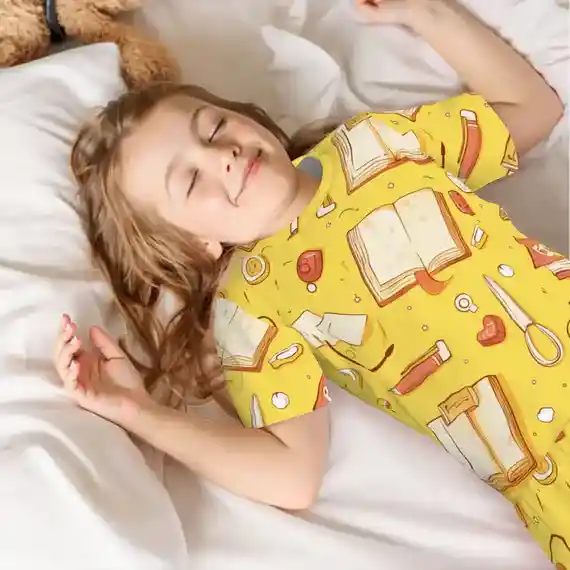
Custom Pajama Sets for Kids Crew Neck Short Sleeve - Print on Demand Fulfillment - PrintKK
Baby Onesies
Baby clothes need to be kind to their skin and last through multiple washes. Cotton-polyester blends are soft and breathable, making them comfortable and not stuffy.
Polyester also makes the clothes last longer, even if they get dirty from eating or worn out from playing. Convenient for busy parents, this fabric is hassle-free and easy to use.
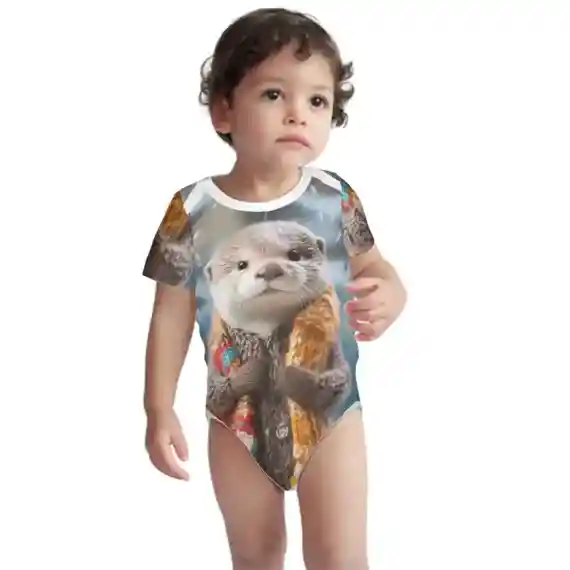
Custom All Over Print on Demand Short Sleeve Onesie Customized Services - PrintKK
Baseball Caps
Have you ever wondered how baseball caps keep their shape? That's the cotton-polyester blend. Cotton makes the cap comfortable, while polyester gives it a stiff, stylish look.
Whether you're watching a game or just going out, this blend keeps your cap looking cool and in shape.
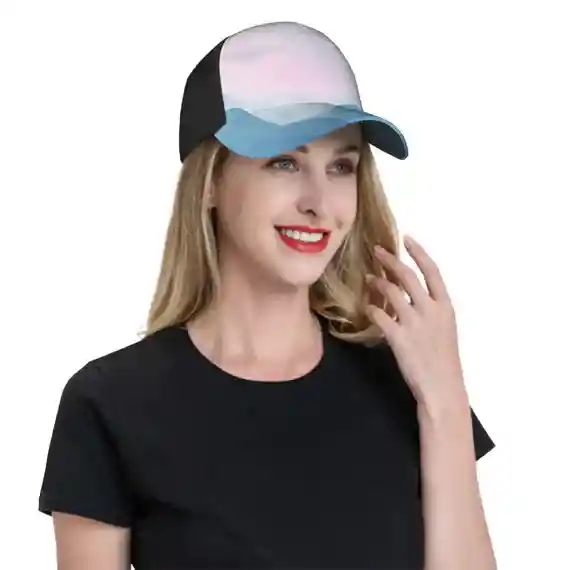
Custom Baseball Cap (Whole Design) - Print-On-Demand - PrintKK
Sweatshirts
Sweatshirts need to be warm, but not too heavy. Cotton-polyester blends keep you warm, while being light and easy to move around in.
They also don't pill (those annoying little balls) like pure cotton does. Perfect for active people, you need to be comfortable and stylish.

Couch Covers
Sofas are used every day, so they need to be sturdy. Cotton-polyester blends are hard-wearing, don't get dirty, and don't wrinkle easily.
This way your sofa will always look new and easy to care for. Especially for those with a busy family, this fabric is both practical and beautiful.
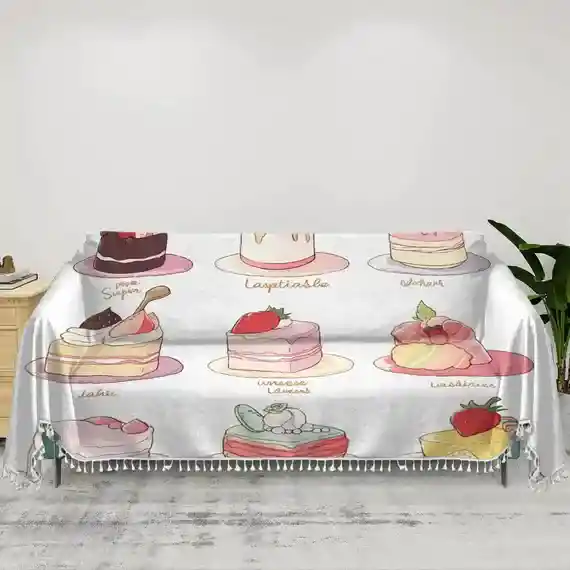
Print on Demand Couch Covers Blanket Housewares - Home Decor - PrintKK
What Is the Best Ratio for Cotton-Polyester Blends?
A cotton-polyester blend is a fabric that mixes cotton's natural comfort with polyester's durability. But with so many options, how do you pick the right ratio for you? Let's figure it out together.
Common Ratios
Here are some blends you'll often see:
- 50% cotton, 50% polyester
- 60% cotton, 40% polyester
- 80% cotton, 20% polyester
Each one changes how the fabric feels and works.
Pros and Cons of Different Ratios
A 50/50 blend is tough. It fights wrinkles, shrinkage, and pilling—those annoying little fabric balls. That makes it great for clothes that get washed a lot, like uniforms. But it might not be as soft as other options.
An 80/20 blend feels more like pure cotton. It's breathable and comfy, perfect for t-shirts or casual wear. The downside? It might need more care to stay neat since it can wrinkle easier.
A 60/40 blend sits in the middle. You get a soft touch plus some durability. It's a good pick for all kinds of apparel, from shirts to sheets.
Choosing the Right Ratio for Your Needs
So, what's the best ratio for you? It depends on what matters most.
If you love comfort and don't mind ironing sometimes, try a higher cotton mix like 80/20 or even 90/10.
For low-maintenance stuff that lasts, a 50/50 blend works well.
Want both? A 60/40 blend could be your sweet spot.
Think about the weather too. Higher cotton blends breathe better in heat. Higher polyester ones wick moisture and dry fast, which is nice for activewear or cooler days. Plus, polyester costs less, so more of it can save you money.
Ever wondered why some blends feel so different? It's all about that ratio. Some people love cotton's natural vibe—if that's you, go for more cotton. For custom clothes, the blend affects the look and feel. Pick what fits your style and needs.
Expert Tips
Cotton-polyester blend strikes the perfect balance for everyday wear. You get the softness of cotton with the durability of polyester—all while keeping costs reasonable.
For your wardrobe, it means easy-care essentials. For your business, it offers quality at a smart price point.
Now that you understand its strengths and limits, you can make informed choices. Pick the right blend for your needs, and enjoy this practical fabric's benefits every day.










 Global Shipping
Global Shipping




 Made in USA
Made in USA
























